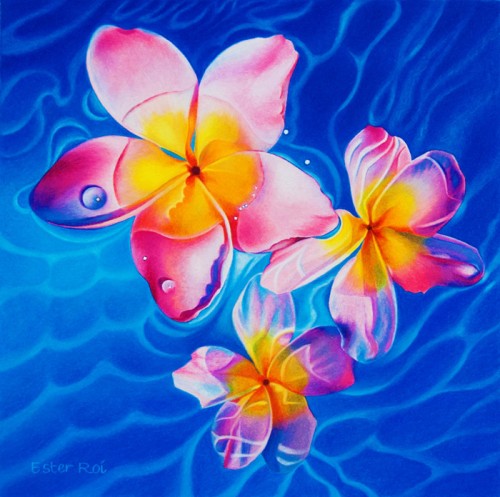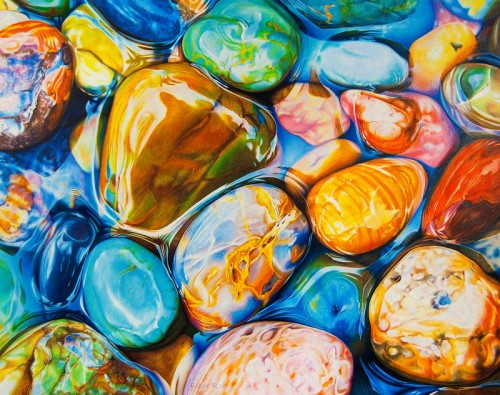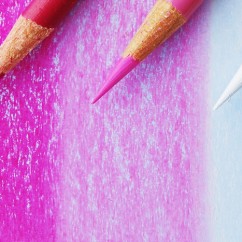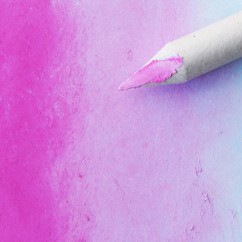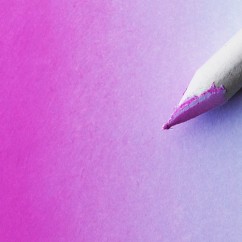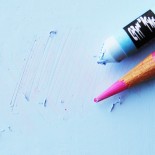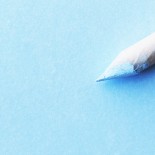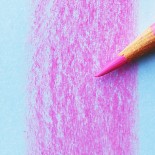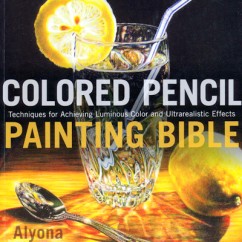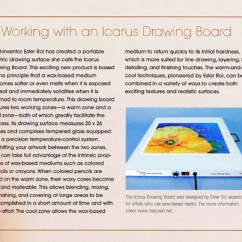I'm working on a very detailed pebble piece. I'm combining Prismacolor colored pencil, Neopastel oil pastels & Neocolor artist crayons on Colourfix paper. I'm eager to show you a small (2"x2"), abstract close-up of my painting (18"x18") and explain the shortcuts I've taken to get around all the details.
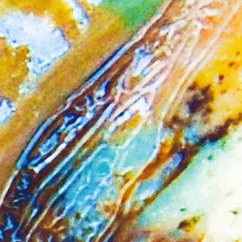
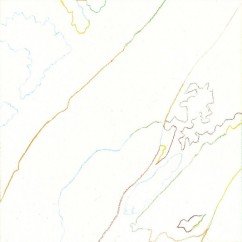
1. This is a cropping of the original photo. Even though it's very blurry you can still see all the intricate details.
2. On my line drawing I focus on the essential lines and not the confusing details.
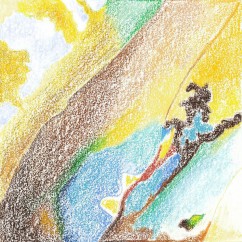
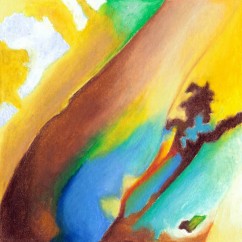
3. On the cool zone I block-in the colors with a combination of oil pastels and artist crayons.
4. I move my artwork to the warm zone of the Icarus board (high temperature) and melt all the colors with a color shaper. The waxy pigments settle into the hills and valleys of the paper, leaving plenty of texture for further layering.
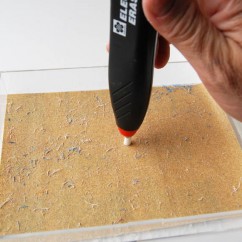
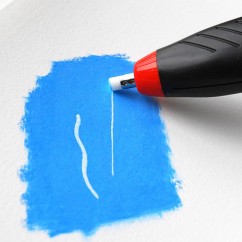
5. I'm preparing my Sakura battery-operated eraser by cleaning and flattening the tip on sand paper.
6. Here you can see how easily the pigment is lifted from the surface. By using the flat edge of the eraser point, I can achieve a very fine line.
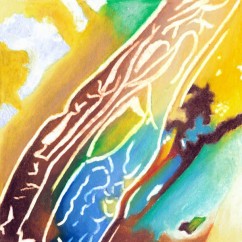
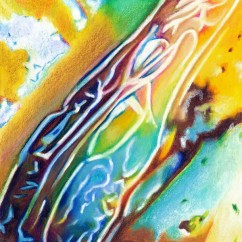
7. I lift all the waxy pigments until the white of the paper shows through.
8. I can now develop the colors and values and finish the details with colored pencils. During this phase I lower the Icarus Board temperature to a medium setting.
This shortcut allowed me to work from "large" to "small" without getting bogged down in details too early in the process.

